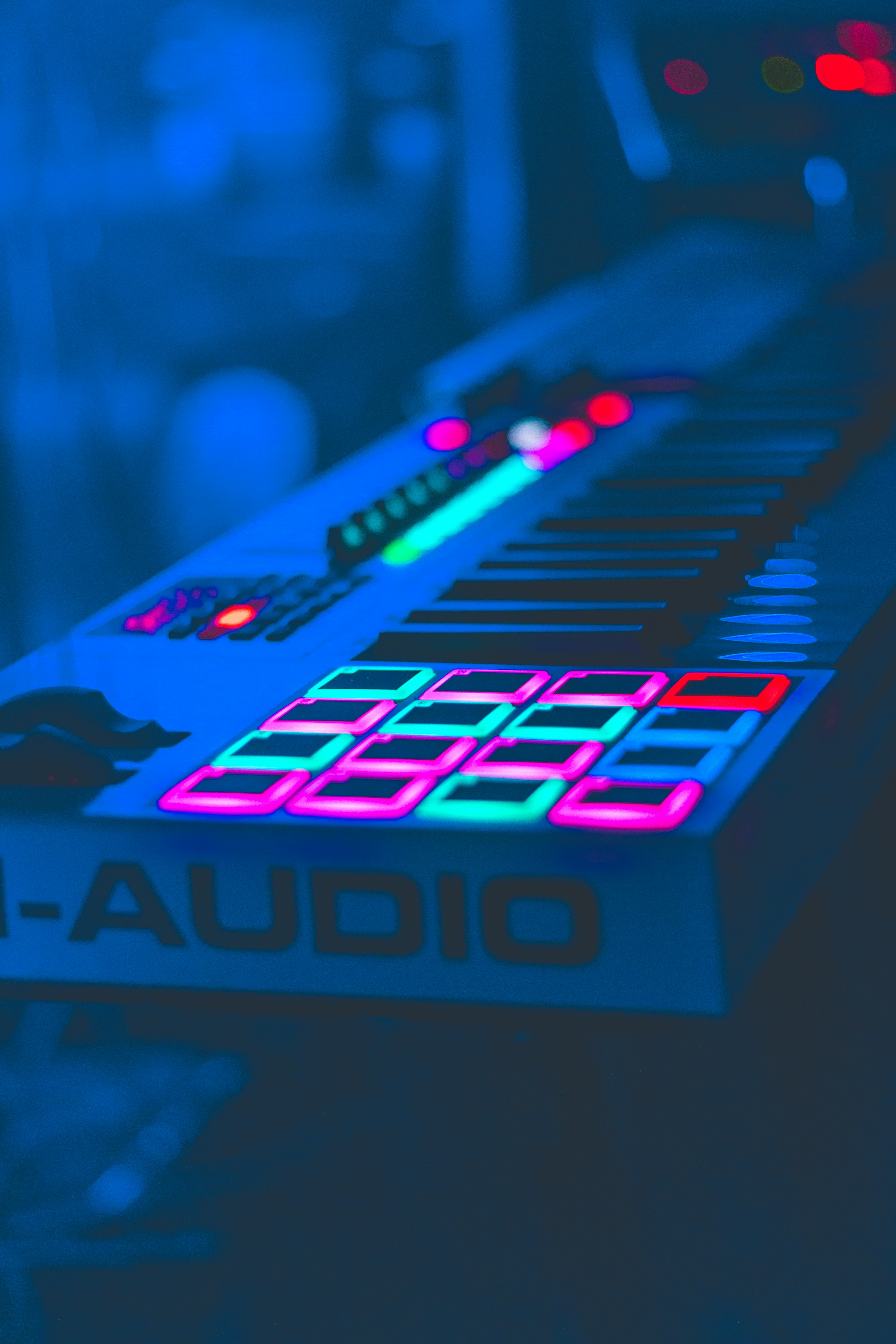The Emotional Cartography of Music Playlists
Published on October 16, 2024
The Emotional Cartography of Music Playlists

Music has always been a powerful force in shaping our emotions and memories. But in the age of digital streaming and personalized playlists, it's become something even more profound: a map of our inner emotional landscape.
For teenagers especially, curating a playlist is like creating a secret diary in sound. Each song represents a mood, a memory, or an aspiration. The order of the tracks tells a story, often one that the creator themselves might not fully understand.
The Language of Playlists
Parents might see their teen's playlist as just a random assortment of songs. But to the trained eye (or ear), it's a rich text full of meaning:
- Repeated artists or songs can indicate comfort zones or current obsessions
- Abrupt genre shifts might reflect mood swings or a desire for emotional variety
- The presence of older songs amidst current hits could show nostalgia or a connection to family traditions
- Instrumental tracks might indicate a need for calm or focus
Building Bridges Through Beats
For parents looking to connect with their teens, music can be an incredible tool. Here are some ways to use playlists as a bridge:
- Ask your teen to create a playlist that represents their week. Listen to it together and ask open-ended questions about their choices.
- Create a family playlist where each member adds songs that are meaningful to them. This can spark conversations about shared experiences and differing tastes.
- Challenge each other to find songs that fit specific emotions or situations. This can be a fun way to expand musical horizons and discuss feelings indirectly.
The Future of Emotional Playlists
As AI continues to advance, we're seeing the emergence of mood-based playlists generated by algorithms. While these can be helpful, they lack the personal touch and emotional nuance of a hand-crafted playlist.
The real power lies in combining human emotional intelligence with AI's ability to analyze patterns. Imagine a tool that could help teens better understand their own emotional patterns through their music choices, or assist parents in decoding the unspoken messages in their children's playlists.
As we navigate the complex world of teen emotions and family dynamics, music will continue to be a powerful ally. By learning to read the emotional cartography of playlists, we open up new avenues for understanding, connection, and growth.
If you're interested in exploring how technology can enhance family communication and emotional understanding, check out Thinker, an AI-powered tool designed to help families build stronger connections.


